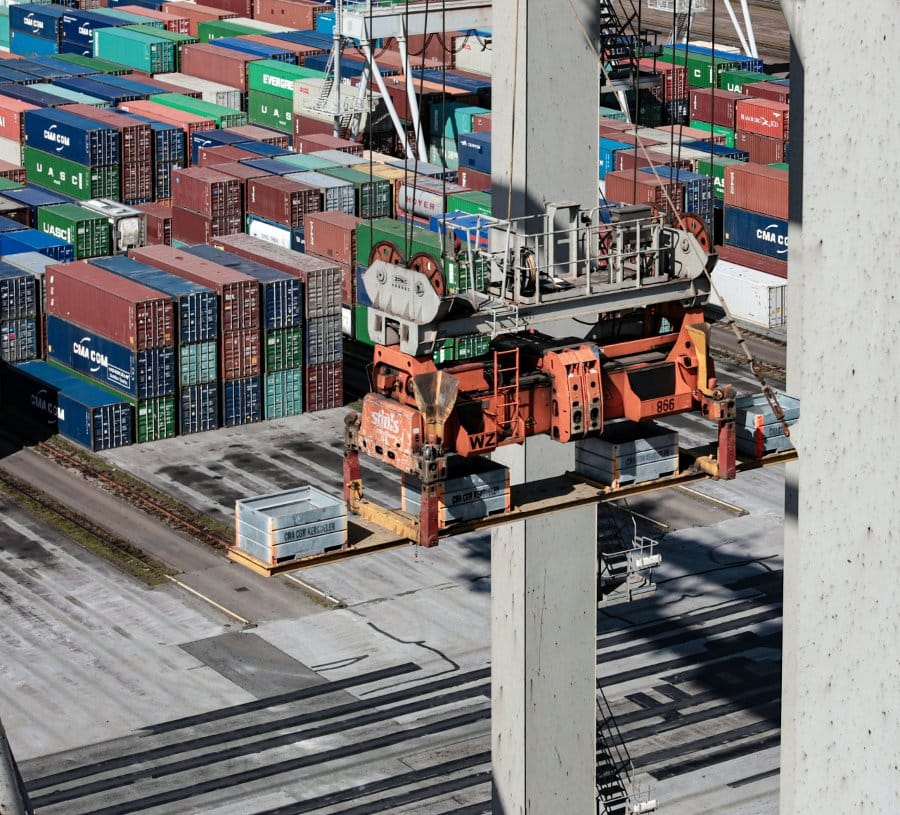2020 was widely regarded as the year of uncertainty and unprecedented panic, and nothing wreaks havoc on supply chains better than a bit of panic! Supply Chains are very finely balanced (often far too finely balanced many will say with the hindsight of the past couple of years) and although this fine optimisation reduces costs, it has exposed many supply chains to be devastatingly disrupted by a little panic that ultimately causes costs to increase and supply chain chaos to unfold. The Covid induced supply chain panic on toilet roll will go down as a business school case study.
When the Covid-19 pandemic really hit the western world in March 2020, no one knew what items would be needed for lockdowns (or what that even meant!). However, many people chose to stock up on toilet roll…. Despite the virus not having any effect on the actual amount of toilet roll required, the thought of running out of it was enough to make people stock up. As a result, shelves were emptied and these images on the news only fuelled greater panic and excess purchases.
There ensues a chain of events leaving those in charge of operations and supply chain management across the world with huge headaches.
Watch my video version of this blog article on my YouTube.
The Impact of Panic-Buying on a Supply Chain
Here’s how the supply chain panic pans out:
- Customer panic-buy toilet roll because they heard their friend was doing it.
- Supermarkets sell out. News of shortages fuels greater panic demand.
- Supermarkets desperately order more toilet roll to keep up with customer demand.
- Distributors order more toilet roll, hiring extra staff on costly overtime rates.
- Manufacturers ramp up production, ruining their efficient and stable production schedules.
- The manufacturers end up delaying other orders and pay expensive overtime rates as a result, engaging in emergency discussions to increase the production of raw materials.
- Costs spiral up through the whole supply chain.
After the initial panic surge, everyone’s houses are now full to the brim with toilet roll. The damage to supply chain management doesn’t stop there though!
DISCOVER THE “FORGOTTEN FUNDAMENTALS” OF OPERATIONS MANAGEMENT”
- Now, no one needs to buy any toilet roll. They’ve all got loads!
- Supermarkets experience a dramatic decrease in demand and so cancel future orders.
- Distributors (who were just getting going in response to the panic surge) now have a large amount of bulky inventory that they can’t shift, resulting in unexpected storage costs.
- Distributors cancel their orders with the manufacturers, knowing that they now have to sell their own mountain of inventory before they could possibly need any more.
- Manufactures still need to pay their staff, and must choose between inefficiently slowing down their machines or paying extra to store stock that they can’t sell.
- Costs increase throughout the supply chain, reducing everyone’s profit and increasing prices for consumers in the long run.
In general, after such a demand / panic disruption, the supply chain will slower be restored to normal, but all of the extra supply chain costs need to be absorbed at various stages. Eventually, the cost is passed on to customers. Once the demand for and stock of toilet roll have returned to normal, the cost of toilet roll increases for customers as each supplier in the various stages prices-in their past and possible future disruption costs. Everyone loses.
Learn More to Limit the Damage from Supply Chain Disruption to your Business
Supply Chains and Operations Managers are paid to manage and reduce disruptions to their processes, and so the best are constantly developing and improving their processes and skills to ensure that panic causes less damage to their future operations. Learn more about supply chain uncertainty, variation in demand, information delays and imperfect visibility to fundamentally improve your Supply Chain Management.
Crack On!


